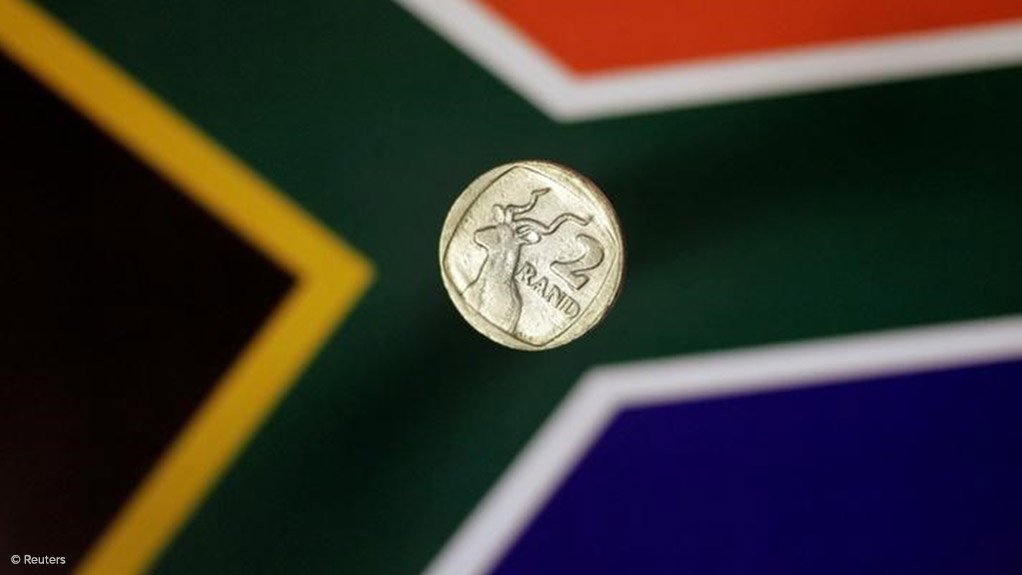South Africa’s central bank said its shift to a simpler monetary policy implementation framework has led to a surge in the country’s monetary base.
The new system introduced in June last year enables commercial lenders to hold and earn interest on excess reserves and prevents them from hoarding liquidity.
The central bank’s Quarterly Bulletin released on Thursday showed that the monetary base jumped to R392-billion in August from R310-billion in May 2022.
The monetary base comprises banknotes and coin in circulation, private banks’ holdings of required cash reserves, any excess reserves, plus other deposits.
The biggest driver of the increase was from bank deposits at the central bank. The contribution of bank deposits increased to 57.6% of the monetary base in August from 44.4% in December 2021 while notes and coins in circulation outside the central bank decreased to 42.4% from 44.4%, according to the bulletin.
“An increase in the monetary base supports an increase in banks’ assets through credit extension and the acquisition of high-quality liquid assets while also supporting an increase in banks’ liabilities, as banknotes and coin in circulation outside of the monetary sector are part of the broad money supply,” the central bank said.
The central bank switched to the new framework to help improve the transmission of policy decisions, the first emerging market to do so. The technical change doesn’t affect the inflation target range or interest-rate decisions.
EMAIL THIS ARTICLE SAVE THIS ARTICLE
To subscribe email subscriptions@creamermedia.co.za or click here
To advertise email advertising@creamermedia.co.za or click here











